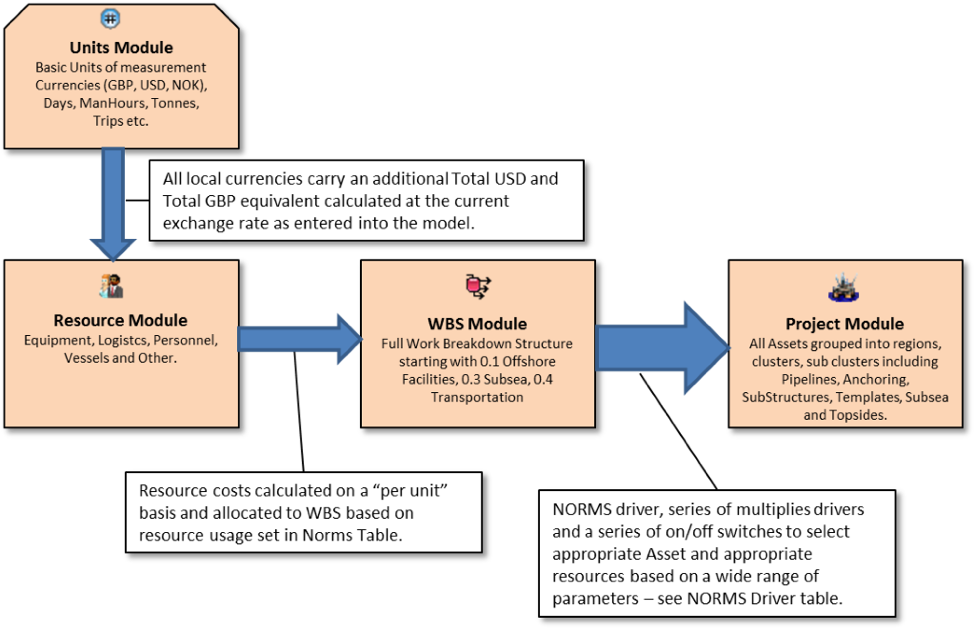Other Industries
OIL & GAS – DECOMMISSIONING
What is a decommissioning?
Decommissioning involves the safe plugging of the hole in the earth’s surface and disposal of the equipment used in offshore oil production. Decommissioning is a rapidly developing market sector in the petroleum business, with major potential and major risks. It is a source of major liability for countries, operators, contractors and the public and it must be understood if it is to be managed cost effectively.
Why is it important to get it right?
- Decommissioning costs are generally legally binding and represent a future legal obligation – they are not optional.
- The provision is reflected on the balance sheet and as such subject to external audit.
- Represents management’s best estimate of future decommissioning liabilities.
Why does the decommission provision matter?
- They are material and significant to the industry and growing.
- Realistic estimates enable early planning and efficient extinguishment of liabilities through divestment or decommissioning project execution.
Why a global decommissioning provision cost model?
- Decommissioning is a significant future cost
- Need to account for it (accounting provision)
- Need to plan for it (long term business plan, cash flow forecasting)
- Need to do this without developing ‘project quality’ estimates for every asset
- Business drivers for a common global provision model
- Consistent definition of decommissioning scope and activity
- Benchmarking, challenge & learning across the asset portfolio
- ‘What if’ capability
- Strategic planning, innovation & engagement with supply chain
- Efficiency & reduced dependency on individual, region-specific models
- Assurance of compliance policy & standards
Decommissioning Cost Estimating Model (DCEM) Underlying Model Structure
ACE on-Demand is the underlying modelling engine for DCEM.
DCEM is a cloud-based centralized estimating model using standard rates, norms, Work Breakdown Structure etc. and standard business rules for calculating and distributing cost through the model. The model can cover all assets globally. This is a significant improvement on the typical method of calculating these costs with multiple, distributed spreadsheets.
The DCEM model is primarily comprised of four key modules, Units, Resource, WBS and Project as described in the diagram below.

Figure 1 – DCEM Module Structure
INSURANCE – PROFITABILITY ANALYSIS
The calculation of customer profitability and individual policy profitability is essential to the effective management of insurance companies. Research has shown that a large percentage of corporate profit is derived from a small number of key customers. Understanding who these customers are is crucial, unfortunately this is not always known.
The biggest issue is calculating the full cost to service customers, this is not a simple exercise because the institution needs to not only identify all of the direct costs but also all of the overhead costs and allocate them out in a fair and transparent fashion. This is the primary purpose of Activity-Based Costing (ABC).
The revenue is very easy to trace and when this is combined with the full cost to service a customer then the individual profitability can be calculated.
Our ACE on Demand modelling software is specifically designed to make all of these complicated cost calculations combined with special automation routines to make the build and update processes quicker and easier. GNP is the second largest multi-line insurance company in Mexico and 118 years old. GNP selected ACE on-Demand to calculate the profitability of around 50 different business segments..
“ACE on-Demand has demonstrated to GNP that there is no need to purchase a costly tool to be able to start an ABC project. Additionally the technical support and assistance exceeds our expectations of what is expected to be supported by a technical tool. Of course, the business knowledge of the Pilbara team is world class. If you think big, start with the basics and deliver results fast, then Pilbara and the ACE on-Demand is part of the solution.” – Carlos Alberto Téllez Flores – Cost Management ABC GNP
MILITARY
Our modelling experience started with a large costing project for the Royal Australian Navy (RAN) back when a few of us were serving in uniform. The primary issue was that business decisions were being made without having an understanding of the underlying costs. This was a similar situation for other Australian defence organizations including Defence Materiel Organisation and the Corporate Services Infrastructure Group. The US Navy saw the models we build for the Australian Navy and wanted similar models for their Base Operating Support areas starting with Commander Navy Region Hawaii and expanding into all Atlantic fleet bases from Maine down to Guantanamo Bay, Cuba.
The US Coast Guard were also interested in developing models to provide insight into the full cost of supporting their ships and aircraft squadrons.
The models were further expanded to Readiness modelling, that is working out the maximum military readiness in the most cost effective way.
“I would like to personally thank you for your exceptional achievements…your superb organizational and technical skills, coupled with true team spirit, have provided Navy Region Southeast with a firm foundation to successfully continue the ESCM process into the future. You are to be commended for your integrity and professionalism throughout the entire implementation…please accept my sincere thanks for a job Well Done!” – RADM A.E.Brown, USN
“Our experiences thus far with Pilbara and the ACE software have been excellent” – Geoff Gagnier, Lieutenant Commander, US Coast Guard.